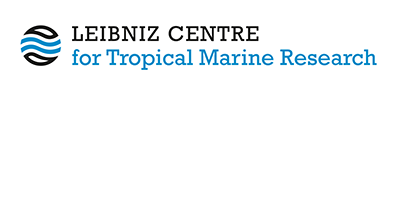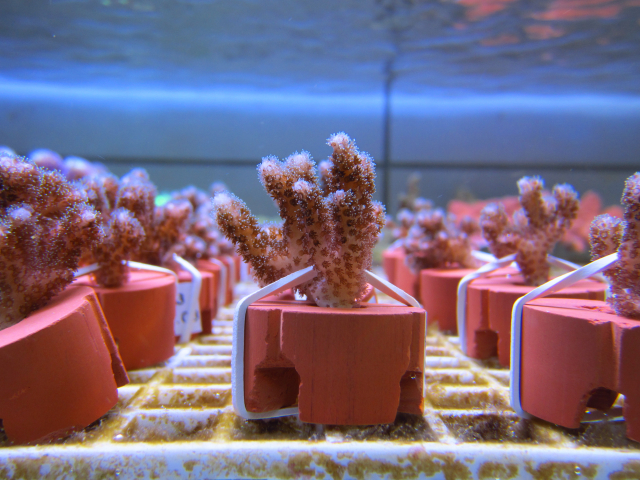17/05/2021 | A new study by the ZMT sheds light on the current state of reef restoration research. In an interview in the series "Research in short", Dr Sebastian Ferse explains the results of the study.
What was the initial question of the study?
Sebastian Ferse: The main questions were what techniques are being used today in reef restoration projects with a focus on coral transplantation and whether there are any examples of "best practice" there.
What exactly did you investigate?
Sebastian Ferse: We used a questionnaire to collect information on coral transplantation practices. The questionnaire was sent to relevant projects. Questions asked included location and number of corals transplanted, origin of transplants, background of the person or institution performing the transplant, objective, species used, accompanying measures, and previous research conducted.
What new insights emerged?
Sebastian Ferse: There was considerable interest in sharing lessons learned from unpublished project results. However, many projects lack clearly defined objectives as well as indicators to evaluate results. Long-term monitoring and sustainable funding are also often lacking. The causes of reef degradation have often not been explicitly studied.
In restoration projects, branching corals are by far the most commonly transplanted. Corals from breeding are mainly used in larger projects. Involvement of local stakeholders and sustainable funding are considered very important by several respondents.
What conclusions can be drawn from this?
Sebastian Ferse: There is a need for established standards for the implementation of reef restoration and coral transplantation, both in terms of success indicators and goal setting. It is also important to involve local stakeholders.
Further research and development are needed before corals can be sustainably produced and transplanted on a large scale. There is still some risk that coral transplantation will be seen as a quick fix and that it is not sufficiently flanked by accompanying measures.
What may be the impact on the reef ecosystems?
Sebastian Ferse: Restored areas in the reef tend to be more species-poor. Fragment removal could negatively impact reefs. Under certain circumstances, costly restoration measures have only limited success. This may result in disappointment and a loss of confidence among local communities and decision makers.
What does this mean for reef restoration?
Sebastian Ferse: Reef restoration is increasingly seen as a potential solution to the coral reef crisis, but the results show that it is a complex undertaking and must be properly planned, implemented, and accompanied by appropriate measures. The most cost-effective approach remains the prevention of damage to reefs.
Publication: Ferse S.C.A., M.Y. Hein & L. Rölfer (2021): A survey of current trends and suggested future directions in coral transplantation for reef restoration. PLoS ONE. doi:10.1371/journal.pone.0249966.





